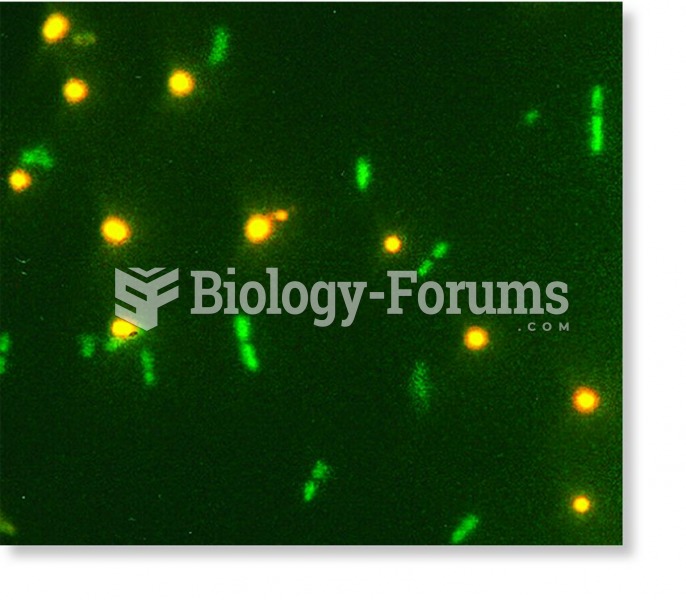|
|
|
On average, the stomach produces 2 L of hydrochloric acid per day.
Multiple experimental evidences have confirmed that at the molecular level, cancer is caused by lesions in cellular DNA.
Before a vaccine is licensed in the USA, the Food and Drug Administration (FDA) reviews it for safety and effectiveness. The CDC then reviews all studies again, as well as the American Academy of Pediatrics and the American Academy of Family Physicians. Every lot of vaccine is tested before administration to the public, and the FDA regularly inspects vaccine manufacturers' facilities.
Approximately 500,000 babies are born each year in the United States to teenage mothers.
The Romans did not use numerals to indicate fractions but instead used words to indicate parts of a whole.







